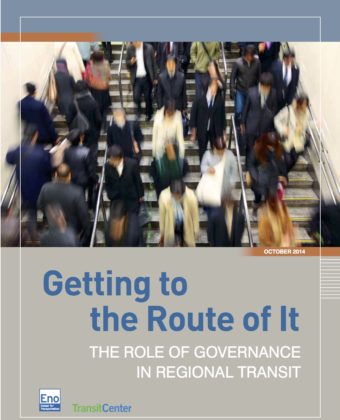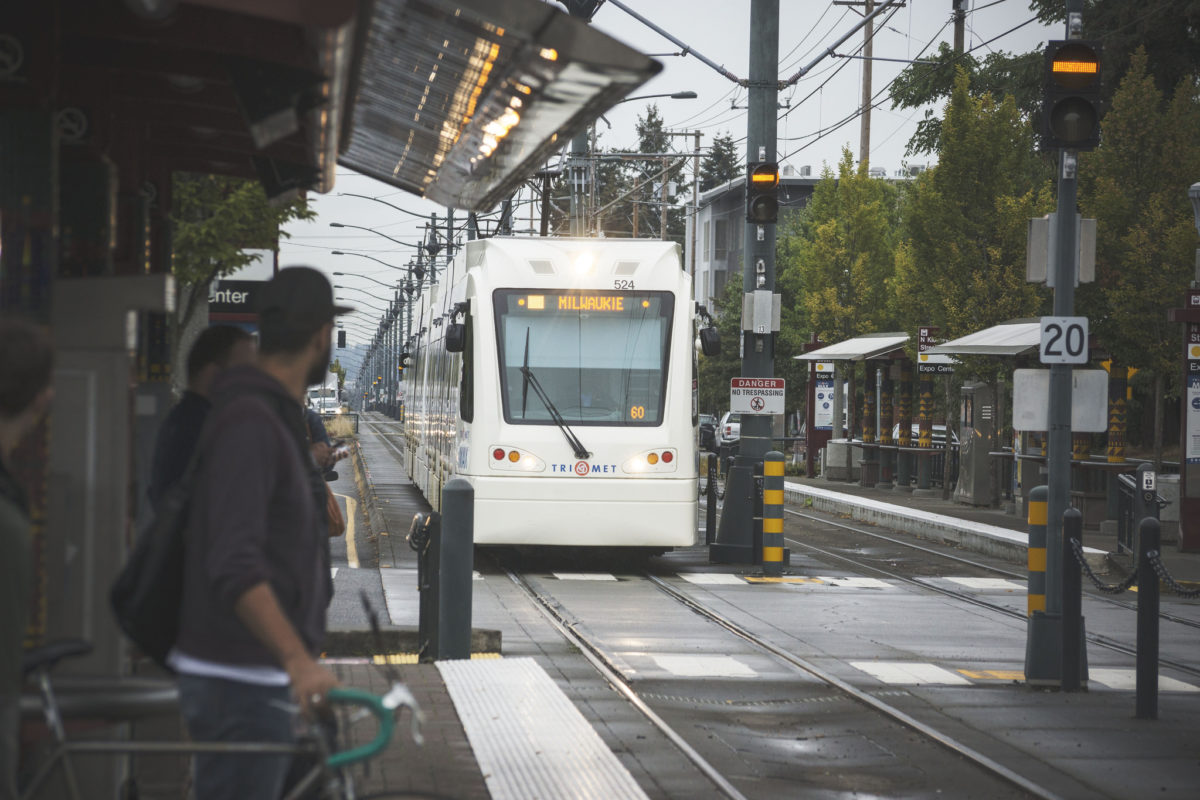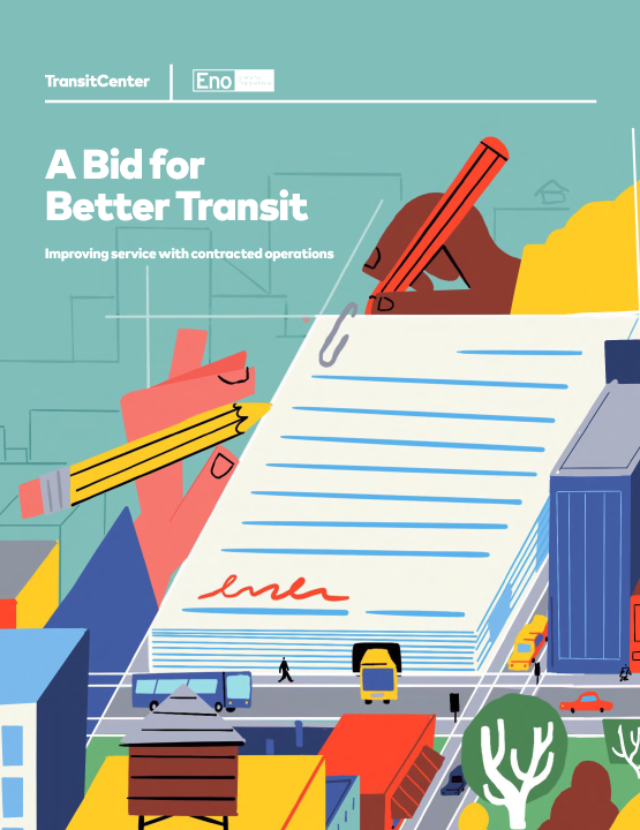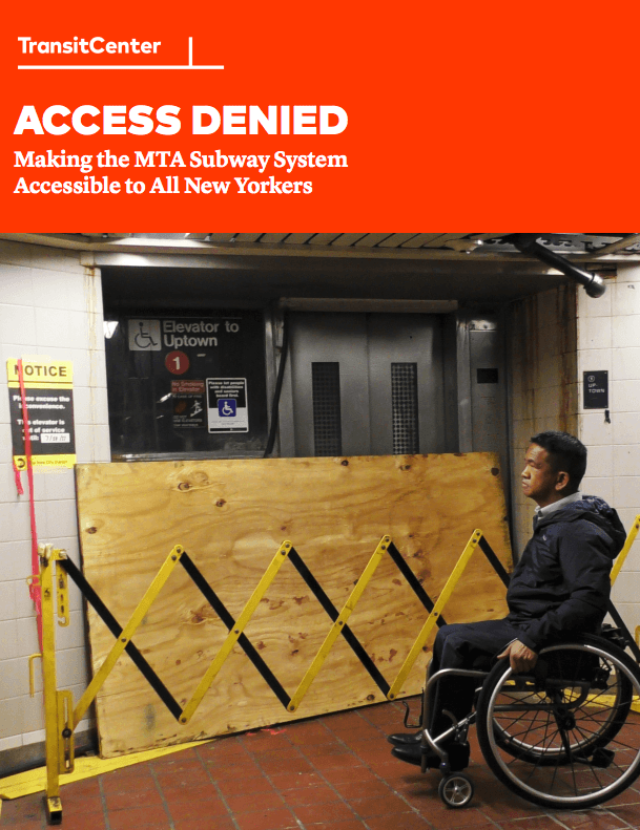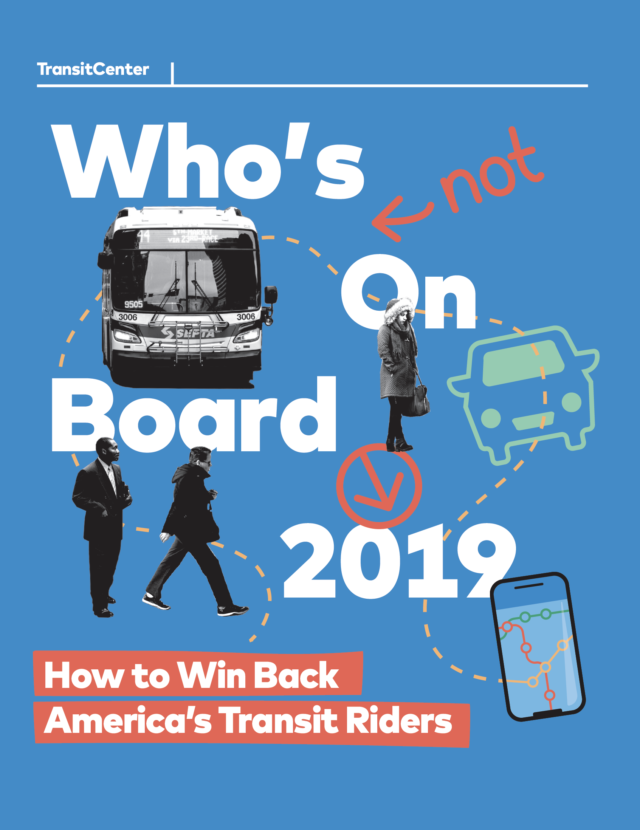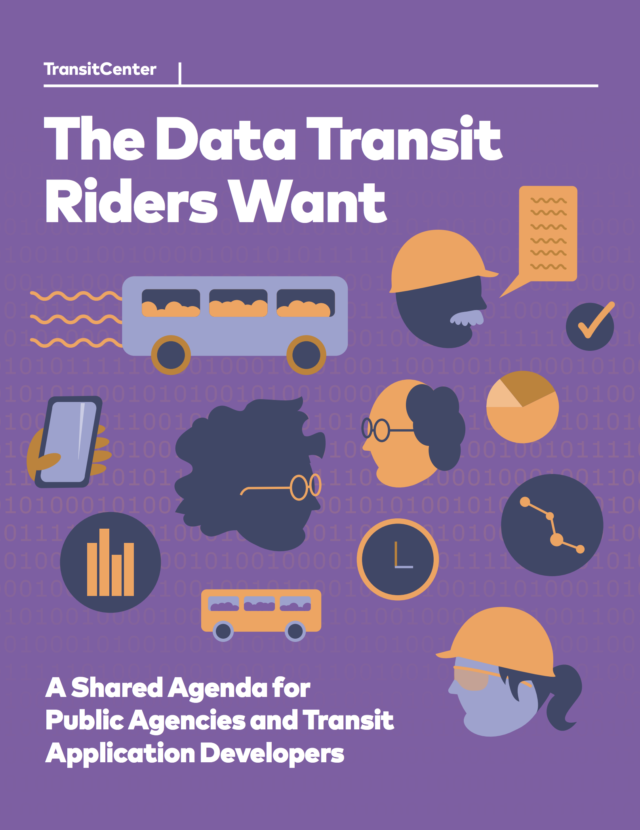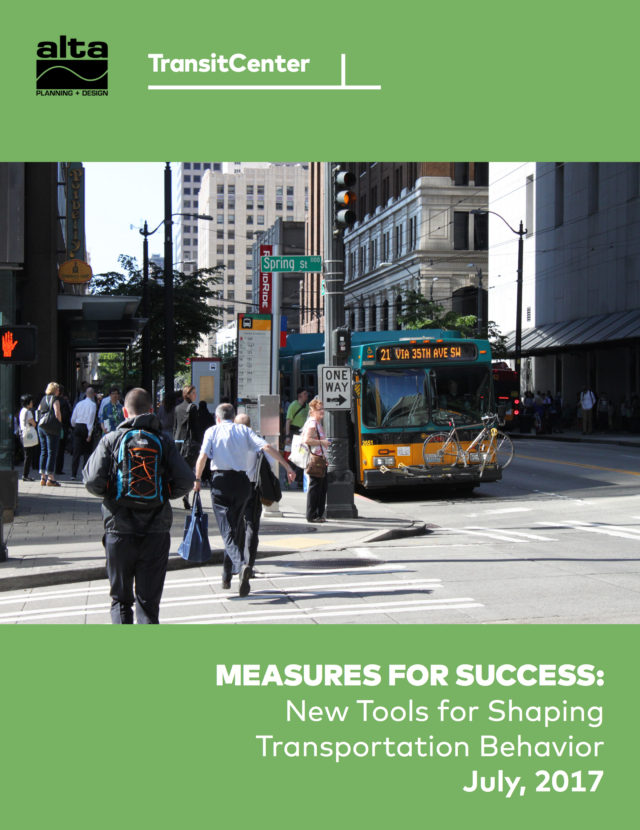Executive Summary
In 2013, a group of researchers, including the Eno Center for Transportation, visited Chicago to analyze the region’s transit issues and make recommendations that could help Chicago’s Regional Transportation Authority (RTA) overcome recurrent challenges in the distribution of transit funds. It soon became clear that RTA did not actually have a funding distribution problem—instead RTA’s problems were rooted in the institutional arrangements that governed the region’s transit network. The study also revealed that flaws in RTA’s governance structure impeded its ability to coordinate regional transit service and related investment decisions, and contributed to chronic underinvestment in Chicago’s transit network.
This revelation led to an obvious question: could regional governance be at the root of problems faced by transit systems in other regions? Some regions have struggled to create universal farecards with updated technology. Other regions have targeted investment to new projects while neglecting the core network. Many regions struggle with coordinating service and interfaces between different operators or transit modes. If regions attempt to solve these problems without resolving their governance issues, they—like Chicago—may be fighting a losing battle.
To learn more about how governance affects transit performance outcomes, Eno partnered with TransitCenter to travel to five other complex, urbanized areas to study their transit systems and the structures that govern them. The aim was to explore how different regional governance structures help foster—or hinder—the ability of different transit systems to deliver improved service, mobility, and innovation. This report summarizes insights and conclusions drawn from the experience of these six regions. Its findings are qualitative and inherently subjective as they are largely based on interviews conducted with senior officials at numerous organizations in each of the study regions. The goal of the report is to provide a resource for local- and state-level policy makers interested in understanding the transit governance structures of other regions, and in exploring opportunities to improve performance and customer experience on their systems. While recognizing that each region is unique in its history, jurisdictional boundaries, and transit network organization, this report concludes with several recommendations for improving existing transit governance structures.
Like other regional networks, transit can be more effective when it is planned, organized, and operated with a regional perspective.
This study is framed around the relationships between regionalism, funding, and customer service. An effective governance structure must address the fact that most bus and rail lines do not end, and should not end, at a city, county, or state border. Like other regional networks, transit can be more effective when it is planned, organized, and operated with a regional perspective. This report not only examines the governance of individual transit agencies, but also the larger interactions between organizations and the influence of funding and governance on the way investments and decisions are made. Recognizing that the ultimate goal of regional transit is to add economic, social, and environmental value by efficiently moving residents and visitors, this study adopts a customer perspective when evaluating different transit governance structures and their ability to deliver the kinds of services that enable regional economies to succeed.
The case study regions are Chicago, Boston, Dallas/Fort Worth, Minneapolis/St. Paul, New York City Tri-State region, and the San Francisco Bay Area. As a group, they represent diverse geographic regions and distinct approaches to complex transit governance issues. Through conversations with experts in each region, the team compiled key themes and lessons from each region and supplemented this research with additional data where necessary. Every case study was evaluated independently to demonstrate the different approaches that regions have taken, with varying degrees of success, to foster regional connectivity.
Forum at University of Chicago Illinois
On January 6, TransitCenter and the Eno Center hosted a forum entitled “Best Practices in Regional Transit Governance” that included a presentation of Getting to the Route of It at the University of Illinois Urban Transportation Center. Over 100 professionals attended the half day event where elected and appointed officials addressed the need to improve transit performance measurement standards and the equitable distribution and oversight of public funds for public transit agencies in metropolitan Chicago.
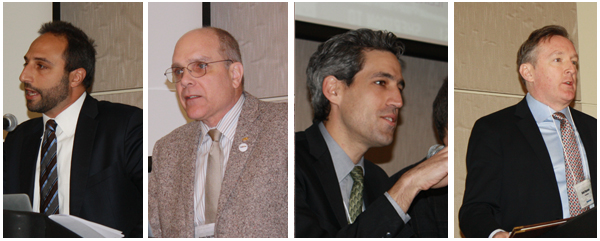
Launch Event at Baruch College
Some highlights from the report and its launch event, which was hosted at an event hosted by Regional Plan Association at Baruch College, with lively discussion of the report from MTA Chairman Tom Prendergast, Massachusetts Bay Transportation Authority General Manager Beverly Scott, Chris Ward of Dragados, and Robert Paaswell of the University Transportation Research Center.
- Board composition matters. The fact that New York City’s mayor appoints only 4 of the Metropolitan Transit Authority’s 17 board members creates a situation where capital investments are slanted towards the suburbs, Joshua Schank of the Eno Center argued at the launch event. MTA Chairman Tom Prendergast begged to differ.
- The San Francisco Bay Area has 26 different transit agencies, making interagency cooperation severely challenging — but the presence of a strong regional planning organization, the Metropolitan Transportation Council, has allowed regional planning and coordination to occur nonetheless.
- Chicago’s Regional Transportation Authority is “just strong enough to be an obstruction, but too weak to have any real planning influence.” Eno’s Schank argued that Chicago was a prime example of how poor governance can trip up a region; responding to a comment that governance was less important than funding, Schank pointed out that Chicago does have “scarcity of resources,” but that these resources are also “being wildly misallocated” due to the dysfunction of the transit agency structure.
- In Dallas-Fort Worth, the lack of coordination between transportation and land use means that the region’s extensive rail network mostly serves a sprawling, park-and-ride market that will not result in long-term ridership growth.
- Structure matters, but as TransitCenter’s David Bragdon pointed out yesterday, good leaders can trump a flawed governance structure — and the wrong leaders can ruin a perfectly good governance structure. MBTA’s Beverly Scott argued that one of the most important governance issues for regions to address was creating the right transit board culture — one where board members feel motivated by public service rather than political patronage.
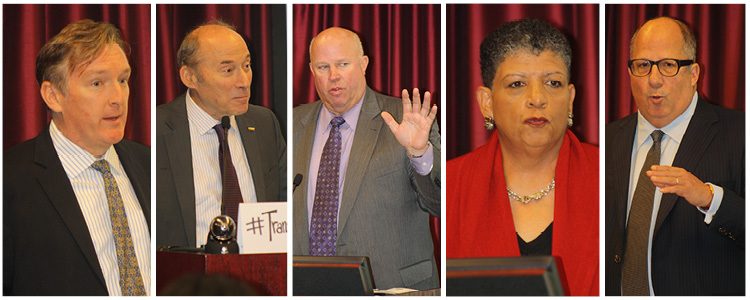
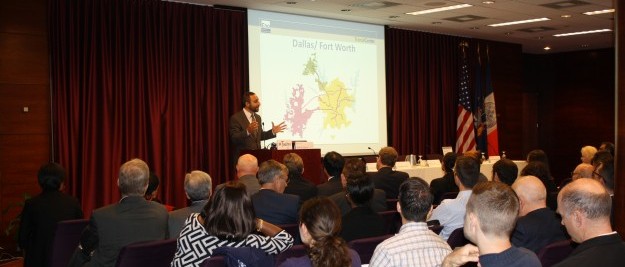
More coverage of the launch is available at Streetsblog and Capital New York.
